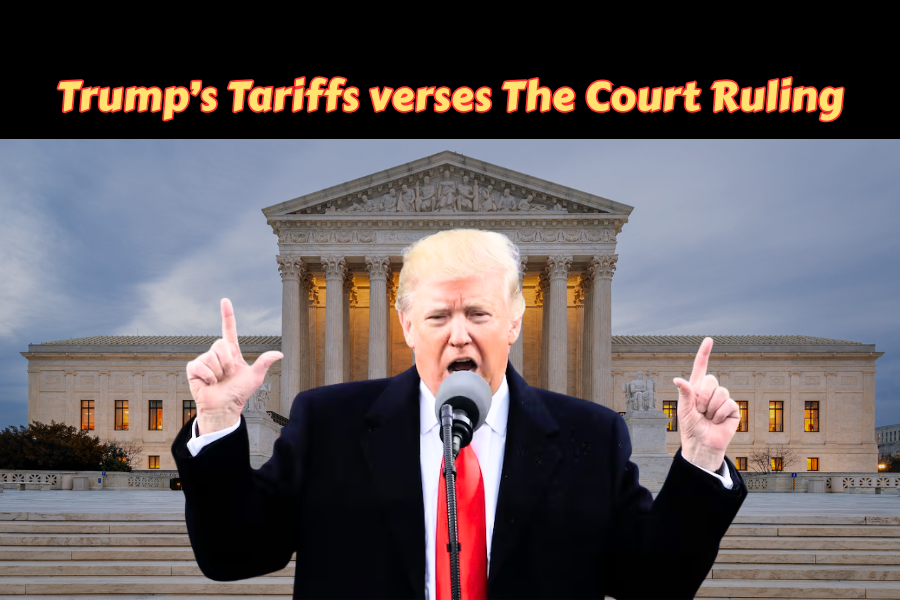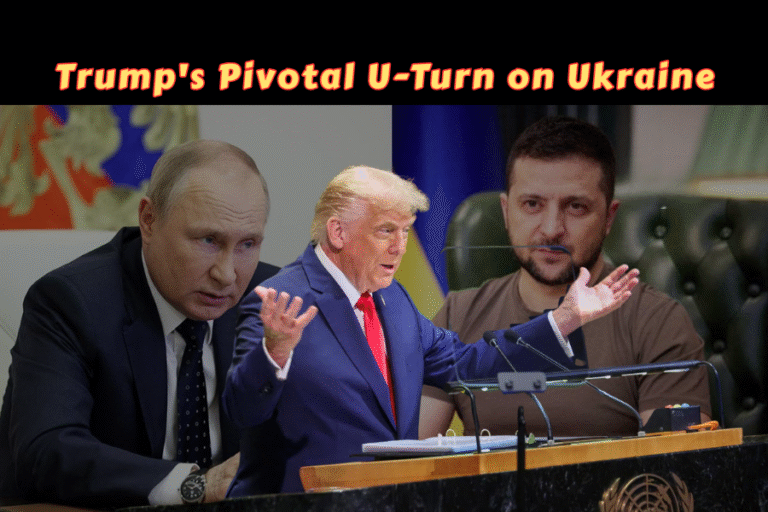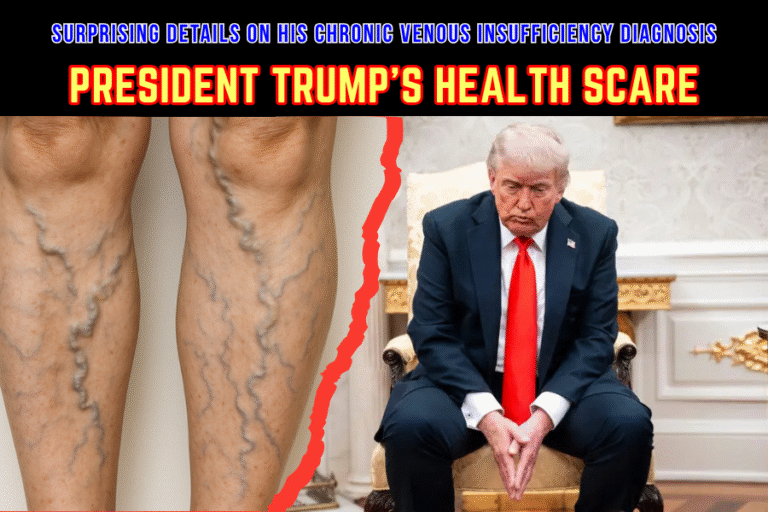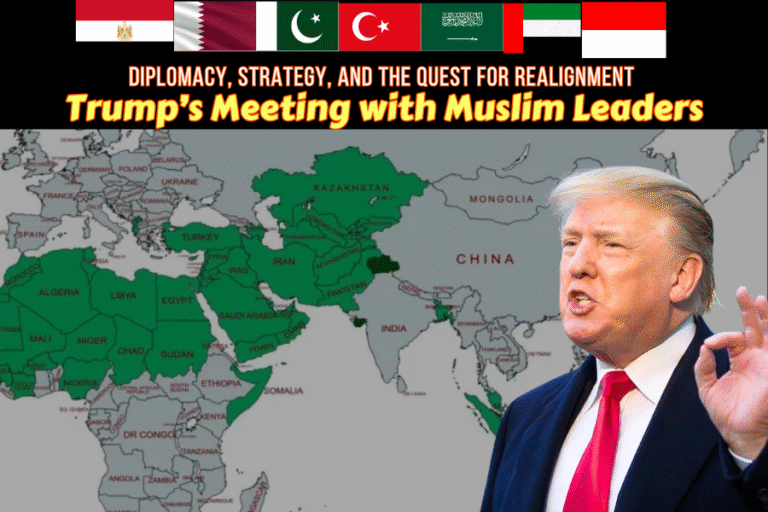(By Ayesha Mahnoor)
Introduction
In a landmark ruling on August 29, 2025, a US federal appeals court declared that the majority of tariffs imposed by former President Donald Trump are illegal, stating that he overstepped his constitutional authority by relying on emergency powers to impose sweeping import duties. This decision reverberates across global trade relations, hitting countries such as India particularly hard, which have suffered significant economic consequences due to these punitive tariffs.
The ruling not only questions the legal basis of Trump’s aggressive trade policies but also sets the stage for a prolonged legal and economic battle as the administration prepares for an appeal to the Supreme Court. This article explores the background of these tariffs, their impact—particularly on India’s economy—details of the current legal situation, and projections for possible future outcomes.
Background: Trump’s Tariff Strategy and Legal Authority
Since 2017, President Trump has dramatically reshaped US trade policy by imposing tariffs on a wide range of imports, justified primarily under the International Emergency Economic Powers Act (IEEPA). He framed these as necessary to protect American industries and address trade imbalances, particularly with China, India, Mexico, and the European Union.
The tariffs ranged from 10% to a steep 50% on products including steel, aluminum, apparel, precious stones, jewelry, footwear, seafood, chemicals, and consumer goods. Notably, in 2025, a reciprocal tariff on Indian imports doubled duties to 50%, imposed as a response to India’s purchase of Russian oil amid the ongoing Ukraine crisis.
While tariffs were a potent political tool to signal economic strength, their constitutionality was challenged in court. The appeals court ruling on August 29 found that the IEEPA does not explicitly allow the president to impose such tariffs, as tariff-setting is a power constitutionally granted to Congress. The court ruled 7-4 that Trump had exceeded his authority, though it allowed tariffs to remain in place temporarily pending appeal.
Economic Impact on India
India, one of the hardest-hit countries, experienced immediate and severe consequences. India’s $87 billion in merchandise exports to the US, comprising sectors such as apparel, jewelry, footwear, and seafood, faced crippling tariffs of up to 50%. Exporter associations estimate that 55% of these exports were directly affected, leading to widespread job losses, factory closures, and disruption in supply chains.
The shrimp industry, a major employer involving nearly two million people, felt the bite acutely; exports to the US fell dramatically, forcing layoffs and loss of income for small farmers and workers. Many Indian exporters, like garment accessories trader Anuj Gupta, reported unprecedented uncertainty and setbacks.
Despite recent impressive economic growth in India, Moody’s Ratings warned that these tariffs could stall growth, deter foreign investments, and slow down India’s ambitions to become a manufacturing hub. The tariffs threatened to reorient trade patterns, benefiting competitors such as Vietnam, Bangladesh, and China, which faced lower tariffs.
Indian Prime Minister Narendra Modi responded by promoting self-reliance, announcing tax breaks for small businesses and calling for patriotic support of domestic products to mitigate the damage.
Current Legal Situation and Court Ruling
The recent appeals court ruling declared most Trump-era tariffs illegal for lacking explicit Congressional authorization, emphasizing that tariff imposition is a legislative duty, not an executive one. The decision referenced prior specialized federal trade court rulings and strengthened constitutional checks on presidential power.
Despite this, the court delayed enforcement of this ruling until October 14, 2025, allowing time for the Trump administration to appeal to the Supreme Court. Trump vocally opposed the decision, labeling the court “highly partisan” and urging continued enforcement of tariffs to protect American interests.
Additionally, tariffs imposed under other legal statutes, such as the Trade Expansion Act of 1962, including steel and aluminum tariffs, remain unaffected by this ruling.
The legal battle now centers on whether the Supreme Court will uphold the appeals court decision, potentially requiring tariff reversals and massive government refunds to importers. Estimates suggest that tariff revenues collected so far could exceed $159 billion, creating financial stakes for the US Treasury and wide implications for global trade policy stability.
Potential Future Scenarios
1. Supreme Court Upholds Appeals Court Ruling
If the Supreme Court agrees with the appeals court, most Trump-era tariffs would be rescinded. This would relieve exporting countries such as India from punitive duties, enabling restoration of trade volumes. However, US businesses and the government might face huge refunds for tariffs already collected, impacting federal finances.
India could regain its footing in key sectors, but adjustment risks remain as industries recalibrate. Politically, a Supreme Court decision against executive overreach would reinforce Congressional primacy but might limit future administrations’ flexibility in trade defense.
2. Supreme Court Overturns Appeals Court Decision
Should the Supreme Court side with the Trump administration, the tariffs would remain in force, maintaining high barriers on imports from India and other nations. This could solidify a tougher, more unilateral US trade stance, potentially provoking retaliatory duties and new trade tensions.
India and other countries might seek new trade alliances to diversify export markets, accelerating shifts toward regional trade blocs and away from the US.
3. Legislative Action to Clarify Tariff Authority
Congress could act to explicitly grant or restrict presidential tariff powers, potentially designing balanced trade policies with clearer legal footing. This requires bipartisan cooperation, which remains challenging amid current political polarization.
4. Increasing Trade Conflicts and Global Realignment
Irrespective of the ruling, ongoing US tariffs have already accelerated realignments in global trade. Countries affected by tariffs, such as India, are pivoting toward self-reliance and alternative partnerships — notably China, the EU, and ASEAN members — reshaping the global trade architecture over the medium term.
Conclusion
The federal appeals court ruling on Trump’s tariffs marks a critical juncture in the debate over executive power, economic nationalism, and global trade relationships. For countries like India, the decision offers hope to overcome the economic shocks inflicted by punitive duties, but the legal uncertainty prolongs risks for exporters and workers.
As the case moves to the Supreme Court and trade policies evolve, all stakeholders face a complex landscape balancing national interests, legal principles, and the future direction of international commerce. The coming months will be pivotal in determining whether the US adopts a more restrained and lawful approach to tariffs or continues pursuing an assertive, albeit contentious, trade agenda.
A US appeals court ruled most Trump-era tariffs illegal, impacting countries like India severely. This article analyzes the background, economic effects, the latest legal ruling, and future trade scenarios.







